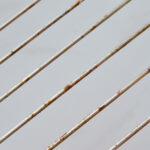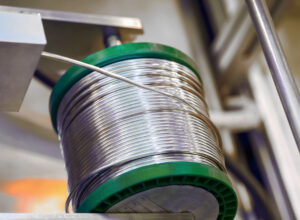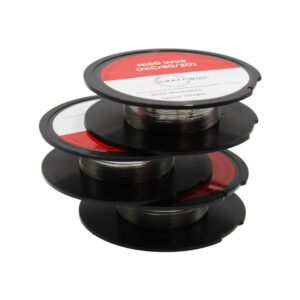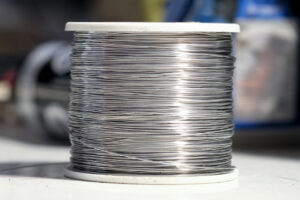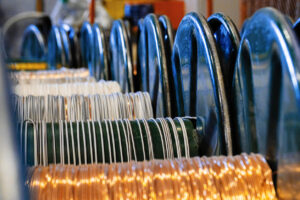When we think about ceramic heaters, our minds often focus on the ceramic elements themselves. But there’s another unsung hero in the equation: the wire. The integration of wire with ceramic heaters has revolutionized the way we harness and distribute heat. Let’s delve into how these two components work hand-in-hand to provide optimal warmth.
The Basics of Ceramic Heaters
Before understanding the role of wire, it’s crucial to know how ceramic heaters function. Ceramic heaters work by passing electricity through ceramic plates or elements. As the electricity flows, the ceramic heats up, emitting warmth into the surrounding environment. The beauty of ceramic heaters lies in their ability to provide quick and consistent heat while maintaining energy efficiency.
The Vital Role of Wire
Now, where does the wire come in?
Heat Distribution: Wires are woven or spiraled around or through the ceramic elements. When the ceramic heats up, the wire ensures that the heat is evenly distributed throughout the heater, ensuring consistent warmth.
Safety Mechanism: Wires can also serve as safety sensors. In many modern ceramic heaters, if the wire detects a certain temperature threshold is exceeded, it can interrupt the electricity flow, preventing overheating.
Extended Life Span: Wires, especially those made from robust materials, can increase the lifespan of the ceramic elements by protecting them from rapid wear and tear.
Enhanced Efficiency with Wire Integration
The primary benefit of integrating wire with ceramic heaters is enhanced efficiency. By ensuring even heat distribution and providing an added layer of safety, wires can help the ceramic elements operate at optimal levels without being overburdened. This results in reduced energy consumption and more prolonged heater operation.
Wires for Ceramic Heaters: Nichrome vs. Stainless Steel
When selecting a wire for ceramic heaters, the primary considerations are the wire’s resistance, longevity, and thermal properties. Both nichrome and stainless steel have their distinct advantages, and the best choice often depends on the specific application. Let’s dive deeper into these two popular wire materials.
1. Electrical Resistance: Nichrome, an alloy primarily consisting of nickel, chromium, and often iron, is known for its high electrical resistance. This means it heats up quickly when an electrical current passes through it.
2. Oxidation and Corrosion Resistant: Thanks to its chromium content, nichrome is resistant to oxidation at high temperatures, ensuring longevity.
3. Thermal Properties: Nichrome wire has a high melting point of around 1400°C (2550°F). This makes it suitable for high-temperature applications. Its resistance also remains relatively stable across a broad temperature range, ensuring consistent performance.
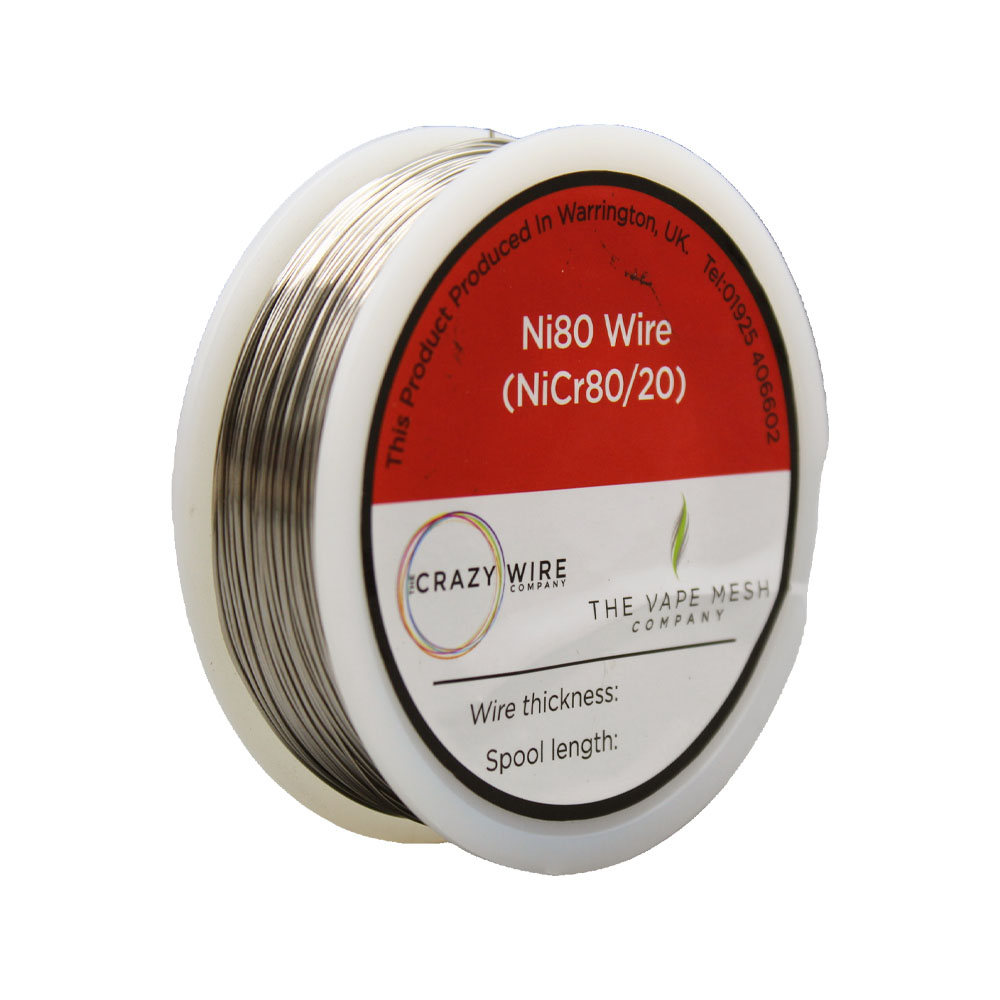
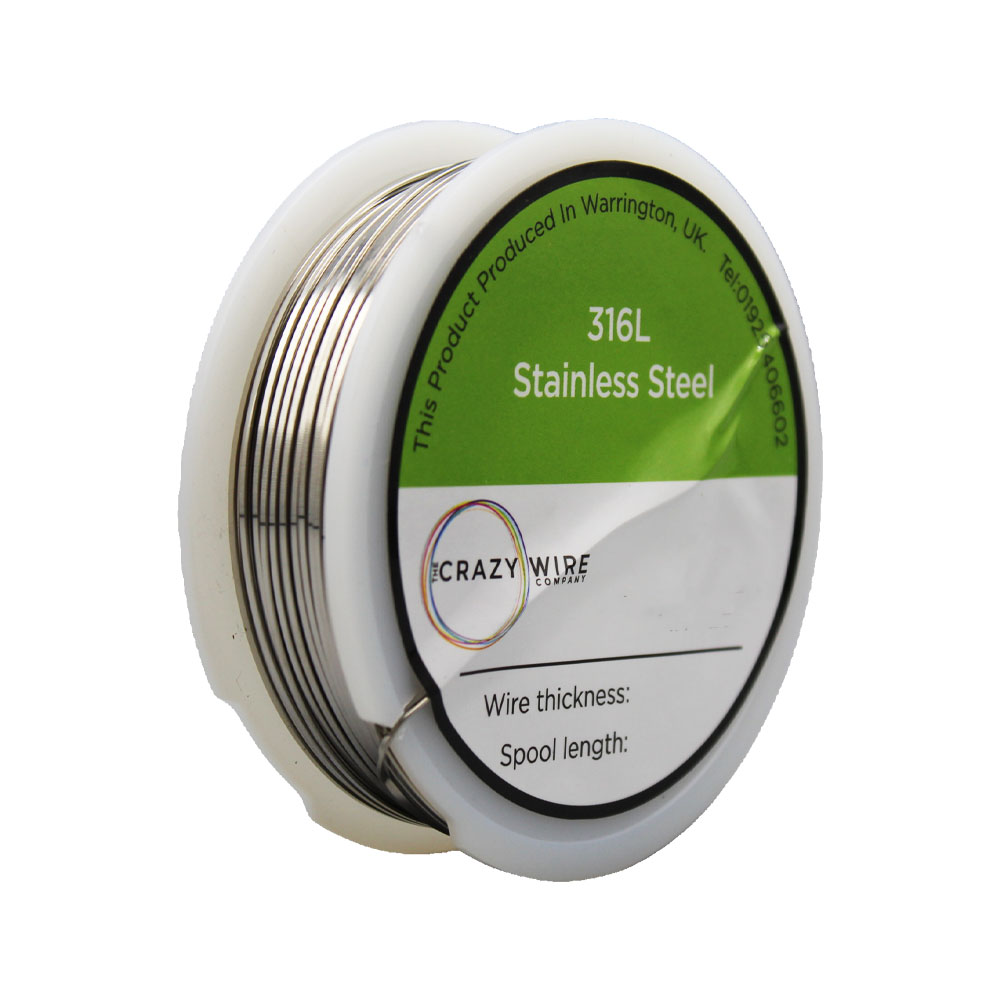
1. Electrical Resistance: Generally, stainless steel has a lower electrical resistance than nichrome. This can make it less efficient for heating purposes, but suitable for certain applications where rapid heating isn’t a priority.
2. Durability: Stainless steel wires are known for their durability, strength, and resistance to corrosion. This ensures a longer lifespan, especially in environments prone to moisture or corrosive elements.
3. Thermal Properties: Stainless steel wire typically has a lower melting point than nichrome, with averages ranging from 1375°C to 1530°C (2500°F to 2790°F), depending on the specific alloy. Its resistance can also vary more significantly with temperature.
Making the Choice:
When deciding between nichrome and stainless steel, you’ll need to consider the following:
Purpose of the Heater: If rapid heating is crucial, nichrome’s higher resistance makes it a better choice. However, for applications where durability against environmental factors is more important, stainless steel might be more appropriate.
Operating Temperature: Nichrome generally supports higher operating temperatures than stainless steel. If your heater operates within high-temperature ranges, nichrome is a safer bet.
Lifespan: Both wires offer good longevity, but specific conditions, like the presence of corrosive elements, might make stainless steel a more suitable choice.
Conclusion:
Both nichrome and stainless steel have their advantages and are suitable for different applications. It’s essential to thoroughly evaluate the requirements of your ceramic heater, including its operating environment, temperature ranges, and heating speed, before making a selection. Always factor in safety, efficiency, and longevity in your calculations.
Ceramic heaters, with their swift heating capabilities, have been a preferred choice for many. The integration of wire has only made them more efficient and safe. As we continue to seek ways to make our environments comfortable, it’s essential to acknowledge and understand the technologies and materials, like wires, that play a pivotal role in enhancing our daily experiences.
Thanks for reading our blog. At The Crazy Wire Company, we’re here to share insights and useful information about the world of wire.
Our aim is to make things clearer for our customers. Keep checking back for more updates, and remember, if you have wire needs or questions, we’re here to help.
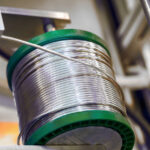
Nichrome Wire Safety: Top Tips for Working Safely
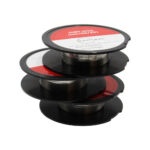
Best Wire for Electronics Projects
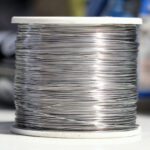
Is Ni80 Wire Suitable for DIY Heating Elements

Wire Grades Explained
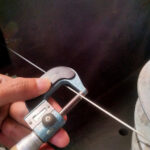
How Wire Diameter Affects Strength and Flexibility

How to Cut and Shape Wire for Custom Applications

Can Wire Be Used in 3D Printing?

How Wire Composition Affects Conductivity
